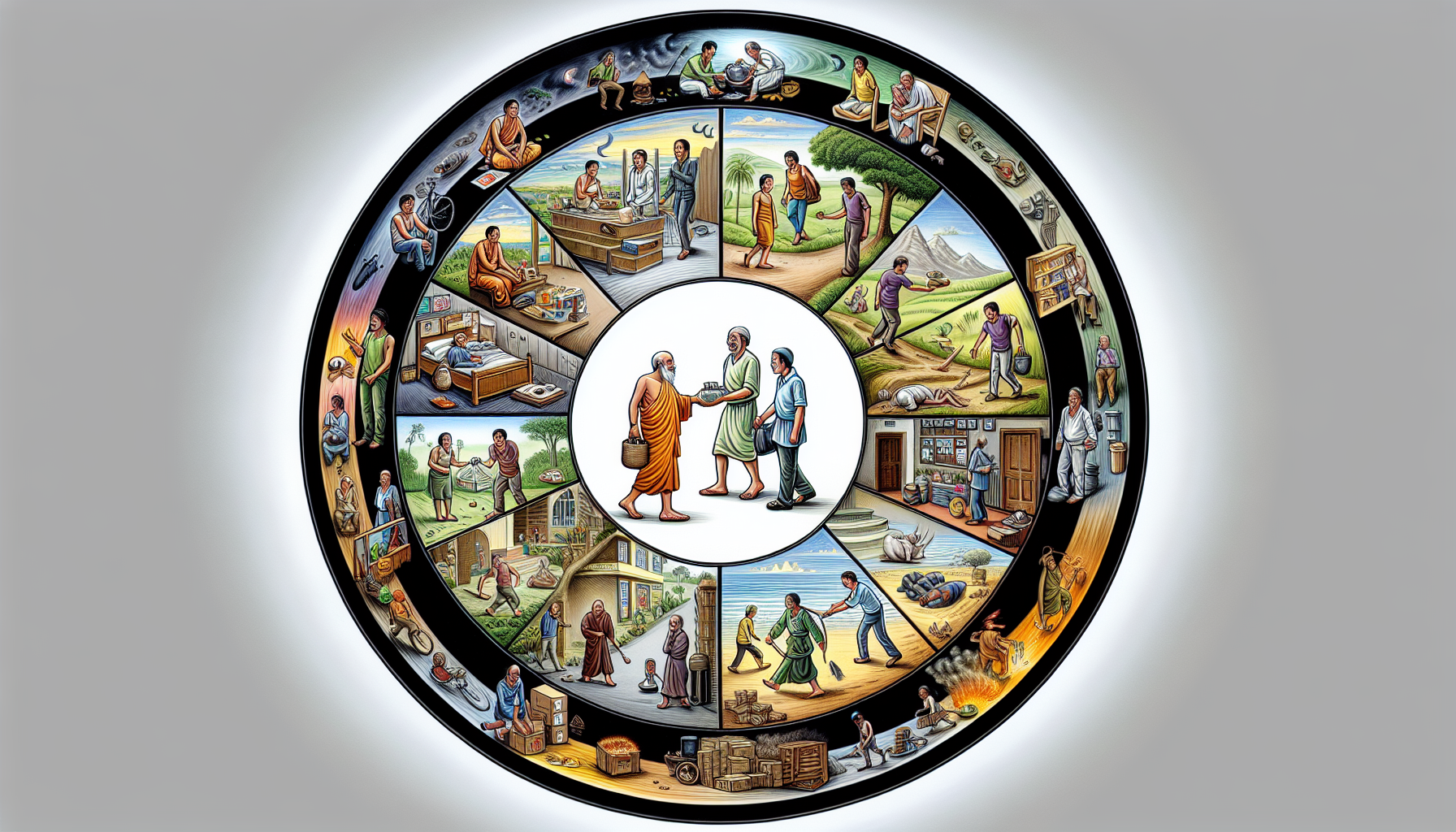Exploring the Cultural Impact of Rule 34

Rule 34 emerged in the early 2000s as part of a larger set of "rules of the internet" that humorously cataloged various facets of online behavior. It was initially popularized in forums and meme culture, quickly gaining traction as a tongue-in-cheek acknowledgment of the internet's vast and sometimes bizarre creativity. The rule plays on the notion that the internet is a limitless space where virtually any concept, character, or entity can be sexualized. The genesis of Rule 34 can be traced back to the online communities that thrived on anonymity and freedom of expression. It served as both a humorous commentary on and a reflection of the evolving nature of sexuality in digital spaces. This phenomenon is not just a facet of online humor; it signifies a shift in how society interacts with sexuality, allowing for a more open, albeit humorous, dialogue around taboo subjects.
Humor and Creativity in Rule 34
One of the most captivating aspects of Rule 34 is its inherent humor. The absurdity of the creations—ranging from the bizarre to the hilariously inappropriate—invites laughter and disbelief. This humor often serves as a vehicle for deeper discussions about sexuality and societal norms. For instance, internet memes that play on Rule 34 can challenge conventional ideas of what is acceptable or taboo in mainstream media. By embracing the ridiculousness of the rule, creators encourage audiences to reconsider their own perceptions of sexuality and art. A classic example is the sexualization of innocent characters from children’s programming, which can provoke a mix of shock and amusement, prompting viewers to grapple with their discomfort while recognizing the creativity behind the works. Moreover, Rule 34 has inspired a remarkable level of creativity. Artists and fans alike engage in the creation of explicit content that reinterprets existing characters and stories. This artistic expression can serve as a form of empowerment, allowing creators to explore their fantasies and desires in a safe, albeit unconventional, environment. The resulting works often combine elements of humor, critique, and personal expression, ultimately enriching the broader tapestry of fan art and digital culture.
Societal Reflections Through Rule 34
Beyond humor and creativity, Rule 34 also reflects shifting societal attitudes toward sexuality. The existence of such content signifies a move towards a more open discussion of sexual themes, particularly within fan communities. In an era where traditional media often shies away from explicit content, Rule 34 serves as a counterpoint, affirming the internet as a space where diverse sexual expressions can flourish. Furthermore, Rule 34 highlights the complexities of consent and ownership in the digital age. As artists create explicit fan works, they often navigate a grey area concerning intellectual property rights and the ethical implications of sexualizing established characters. This tension prompts discussions about the boundaries of creativity and the respect owed to original creators, raising important questions about the intersection of fandom, art, and sexuality. For example, the backlash against certain fan-created content can illustrate the challenges artists face in reconciling personal expression with the expectations of the original creators and their audiences. These discussions often lead to debates about the nature of fan work and the rights of creators to their characters, revealing deeper societal values surrounding ownership and consent.
Rule 34 is more than just a humorous internet meme; it is a cultural phenomenon that encapsulates the creativity, humor, and complexity of human sexuality in the digital age. By exploring its origins, the humor it inspires, and its reflection of societal attitudes, we can appreciate the profound impact it has had on online communities and beyond. As we continue to navigate the evolving landscape of internet culture, Rule 34 remains a potent reminder of the innovative ways we engage with both art and sexuality, challenging us to reconsider our perceptions and embrace the absurdities of life. The cultural impact of Rule 34 serves as an intriguing case study in how the internet can foster both creativity and conversations about often-taboo subjects, making it a significant aspect of contemporary digital discourse.
Digital Content Strategist
Job Description
Develop and execute content strategies that align with brand objectives, focusing on engaging digital audiences.
Analyze audience data and market trends to inform content creation and optimize engagement.
Collaborate with creative teams to produce multimedia content, including articles, videos, and social media posts.
Required Skills
Proficiency in SEO, analytics tools (e.g., Google Analytics), and a strong understanding of digital marketing trends.
Common Employers
Media companies
marketing agencies
tech startups
Community Manager
Job Description
Foster and manage online communities, responding to user inquiries and moderating discussions to maintain a positive environment.
Create and curate content that resonates with community members, driving engagement and participation.
Monitor social media channels and forums for brand mentions and relevant conversations to engage with users.
Required Skills
Strong communication skills
familiarity with social media management tools
a passion for internet culture
Common Employers
Gaming companies
lifestyle brands
social media platforms
User Experience (UX) Researcher
Job Description
Conduct qualitative and quantitative research to understand user behavior and preferences regarding digital content.
Analyze data to provide insights that influence design decisions and enhance user engagement with digital platforms.
Collaborate with designers and developers to create user-friendly interfaces that improve content accessibility.
Required Skills
Proficiency in research methodologies
data analysis
tools such as Sketch or Figma
Common Employers
Tech companies
e-commerce platforms
digital media agencies
Social Media Content Creator
Job Description
Produce engaging and shareable content tailored to various social media platforms, reflecting current trends and audience interests.
Create visual and written content that aligns with brand voice and values while leveraging humor and creativity.
Monitor social media metrics to assess content performance and adjust strategies accordingly.
Required Skills
Strong writing skills
graphic design proficiency (e.g., Adobe Creative Suite)
knowledge of social media algorithms
Common Employers
Advertising agencies
lifestyle brands
entertainment companies
Digital Art Director
Job Description
Oversee the creative direction of digital marketing campaigns, ensuring visual content aligns with brand messaging and audience expectations.
Lead a team of designers and content creators in the development of innovative multimedia projects that engage digital audiences.
Collaborate with clients and stakeholders to translate concepts into compelling visual narratives.
Required Skills
Extensive experience in graphic design
project management
a solid portfolio showcasing creativity and design expertise
Common Employers
Advertising firms
gaming studios
media production companies


